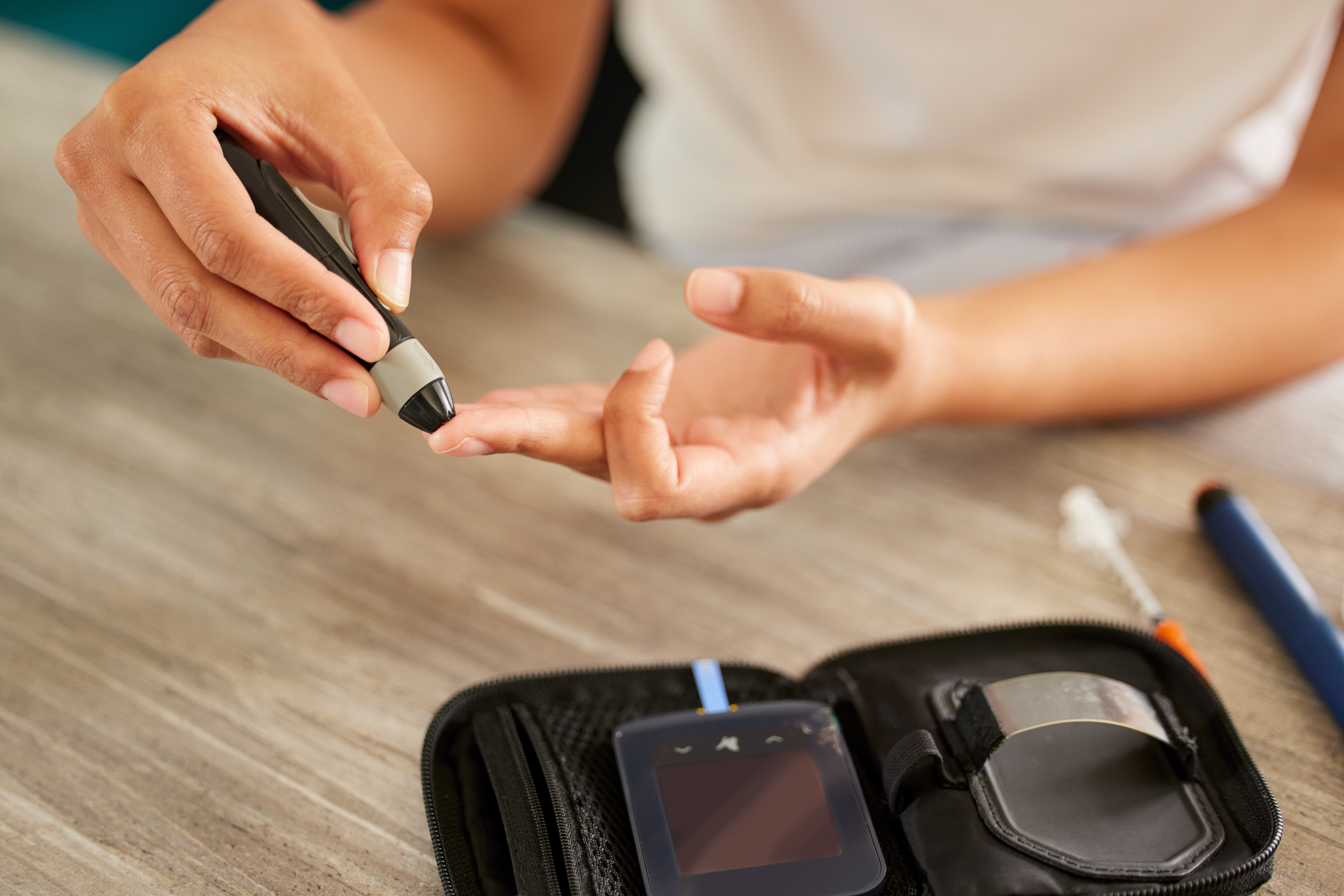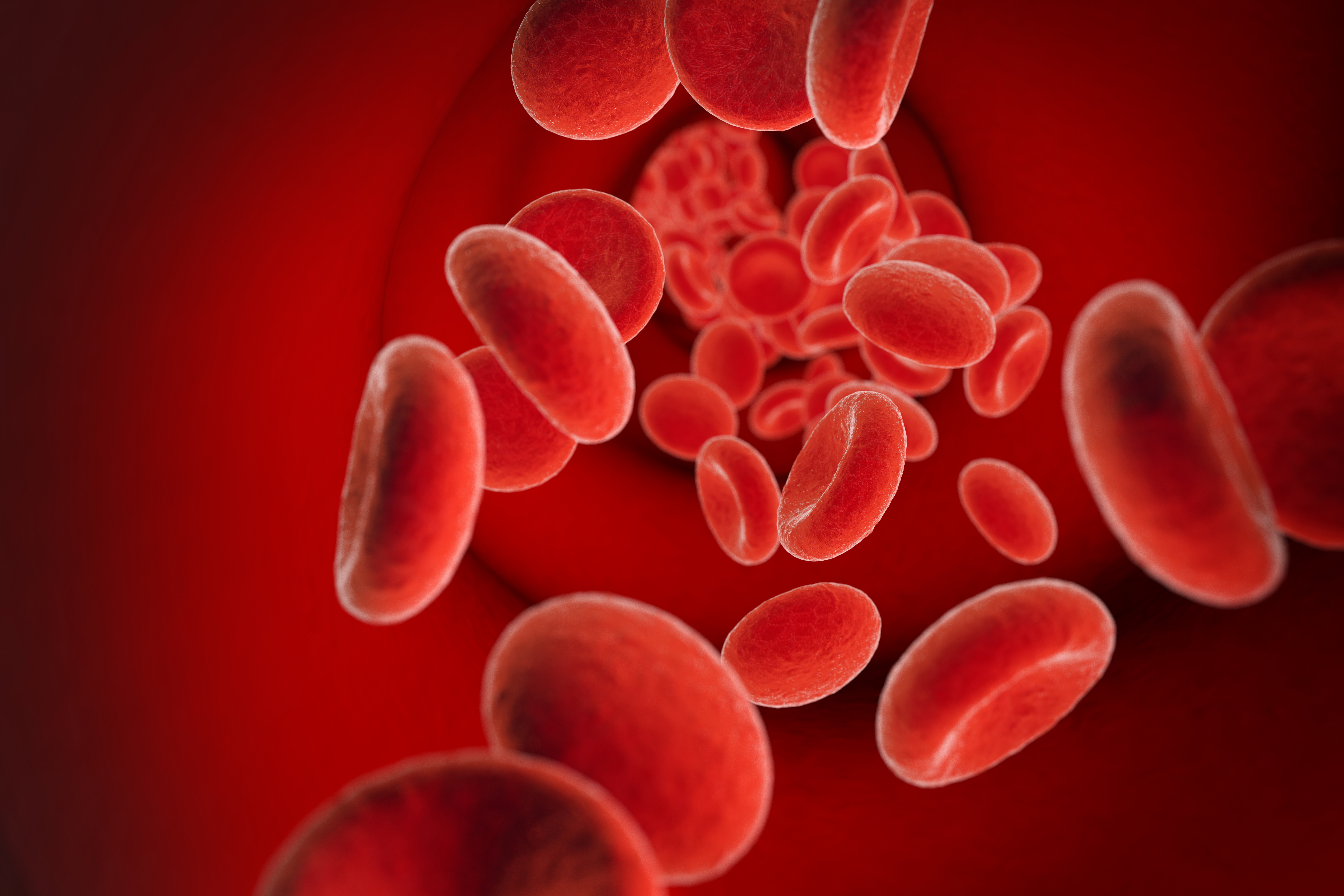14 Subtle Signals Your Body Is Secretly Battling Insulin Resistance
In the intricate dance of our body's metabolic processes, insulin plays the role of a master conductor. This hormone, produced by the pancreas, is crucial for regulating blood sugar levels and energy production. However, when the body begins to resist insulin's effects, a condition known as insulin resistance ensues. This silent struggle can lead to a cascade of health issues, including type 2 diabetes, heart disease, and obesity. Despite its seriousness, insulin resistance often goes unnoticed until significant damage has been done. This article delves into 14 subtle signals your body might be sending, indicating it's quietly fighting against insulin resistance. By decoding these signs, you'll gain a deeper understanding of your body's needs and learn how to respond effectively, potentially averting severe health consequences.
1. Persistent Fatigue: The Unseen Drain

One of the earliest and most overlooked signs of insulin resistance is persistent fatigue. When your body struggles to use insulin efficiently, cells don't receive the glucose they need for energy, leaving you feeling tired and sluggish. This fatigue isn't just a result of physical exertion; it can persist even after a full night's sleep. Insulin resistance forces your body to work harder to maintain energy balance, leading to an overwhelming sense of exhaustion. This fatigue can affect your daily productivity, mood, and overall quality of life, making it crucial to recognize and address early.
2. Increased Hunger: The Never-Ending Appetite

Another subtle sign of insulin resistance is an increase in appetite, often coupled with an inability to feel satisfied after meals. This occurs because insulin resistance disrupts the balance of hormones that regulate hunger, such as leptin and ghrelin. As a result, your brain doesn't receive the signals it needs to feel full, leading to overeating and weight gain. This can create a vicious cycle, as excess weight further exacerbates insulin resistance. Recognizing this signal can help you take proactive steps in managing your diet and preventing further metabolic disruption.
3. Unexplained Weight Gain: The Stealthy Creep

Weight gain, especially around the abdomen, is a common but often ignored indication of insulin resistance. When insulin isn't effectively utilized, glucose is stored as fat, particularly in the abdominal area. This visceral fat is not only unsightly but also dangerous, as it increases the risk of cardiovascular disease and other health issues. Unlike weight gain from overeating or lack of exercise, this type of weight gain can occur even if you're following a healthy lifestyle. Understanding this signal can prompt further investigation and intervention to prevent long-term damage.
4. Brain Fog: The Clouded Mind

Cognitive difficulties, often described as "brain fog," can be a subtle yet telling sign of insulin resistance. Insulin plays a critical role in brain function, and when its action is impaired, it can lead to difficulties with concentration, memory, and mental clarity. This foggy state can affect your work performance, decision-making abilities, and overall mental health. If you find yourself struggling to focus or remember things, it may be worth considering whether insulin resistance could be a contributing factor. Addressing this issue can improve not only your physical health but also your cognitive well-being.
5. Frequent Urination: The Unquenchable Thirst

Frequent urination, often accompanied by an increased thirst, is another subtle signal of insulin resistance. When the body becomes resistant to insulin, blood sugar levels rise, and the kidneys work overtime to filter and excrete the excess glucose. This process leads to increased urination and can leave you feeling constantly thirsty. This symptom is often mistaken for other conditions, but when combined with other signs of insulin resistance, it can provide a clearer picture of your metabolic health. Recognizing this pattern is essential for taking corrective action and preventing further complications.
6. Skin Changes: The Visible Clues

Insulin resistance can manifest in several skin-related changes, providing visible clues to your body's internal struggle. One such change is acanthosis nigricans, characterized by dark, velvety patches of skin, often found in body folds like the neck, armpits, and groin. Skin tags, small benign growths, can also appear more frequently. These changes occur due to elevated insulin levels stimulating skin cell growth. While they may seem like minor cosmetic issues, they are important indicators of underlying metabolic disturbances. Paying attention to these changes can lead to early detection and management of insulin resistance.
7. Slow Healing: The Lingering Wounds

If you notice that cuts and bruises take longer to heal, it may be a sign of insulin resistance. Insulin plays a crucial role in the body's healing process by facilitating the delivery of glucose and nutrients to cells. When insulin resistance is present, this process is disrupted, leading to delayed wound healing. This can increase the risk of infections and other complications, particularly in individuals with diabetes. Recognizing slow healing as a potential signal of insulin resistance can prompt further investigation and appropriate medical intervention to improve healing and overall health.
8. High Blood Pressure: The Pressing Concern

High blood pressure, or hypertension, is a common companion of insulin resistance. Insulin affects the dilation of blood vessels, and resistance to its effects can lead to increased vascular resistance and higher blood pressure. This condition often goes unnoticed until it causes significant damage to the cardiovascular system. Monitoring blood pressure regularly and understanding its connection to insulin resistance can help in early detection and management of both conditions. Addressing high blood pressure through lifestyle changes and medical intervention can reduce the risk of heart disease and other complications.
9. Elevated Blood Sugar: The Unseen Spike

Elevated blood sugar levels, even if not reaching diabetic thresholds, can be a subtle indicator of insulin resistance. This condition occurs when the body's cells fail to respond effectively to insulin, resulting in higher circulating glucose levels. Regular blood sugar monitoring can help detect this early signal, allowing for timely intervention. Lifestyle changes, such as adopting a healthy diet and increasing physical activity, can improve insulin sensitivity and prevent the progression to type 2 diabetes. Understanding this signal empowers you to take control of your metabolic health before more serious consequences arise.
10. Elevated Triglycerides: The Hidden Lipid Imbalance

Insulin resistance often leads to an imbalance in lipid levels, particularly elevated triglycerides. This condition occurs because insulin plays a role in fat metabolism, and resistance can lead to increased fat storage in the bloodstream. High triglyceride levels are a risk factor for cardiovascular disease and can provide an early warning sign of metabolic dysfunction. Regular lipid profile checks can help identify this imbalance and guide dietary and lifestyle modifications to improve insulin sensitivity. Recognizing and addressing elevated triglycerides can prevent long-term cardiovascular complications.
11. Reduced HDL Cholesterol: The Protective Decline

Alongside elevated triglycerides, insulin resistance is often associated with reduced levels of HDL cholesterol, the "good" cholesterol. HDL plays a crucial role in transporting cholesterol away from the arteries and back to the liver for excretion. Lower levels of HDL cholesterol can increase the risk of atherosclerosis and heart disease. Monitoring cholesterol levels and understanding their connection to insulin resistance can guide interventions to improve lipid profiles and reduce cardiovascular risk. Lifestyle changes, such as increasing physical activity and adopting a heart-healthy diet, can help boost HDL levels and improve overall metabolic health.
12. Polycystic Ovary Syndrome (PCOS): The Hormonal Disruption

In women, insulin resistance is often linked to polycystic ovary syndrome (PCOS), a hormonal disorder characterized by irregular menstrual cycles, ovarian cysts, and elevated androgen levels. Insulin resistance exacerbates the hormonal imbalances seen in PCOS, leading to symptoms such as acne, hirsutism, and infertility. Addressing insulin resistance through lifestyle changes and medical intervention can help manage PCOS symptoms and improve reproductive health. Understanding the connection between insulin resistance and PCOS can empower women to seek appropriate treatment and improve their overall well-being.
13. Sleep Disturbances: The Restless Nights

Sleep disturbances, including insomnia and sleep apnea, can be both a cause and a consequence of insulin resistance. Poor sleep quality can disrupt hormonal balance, exacerbating insulin resistance, while insulin resistance can contribute to sleep disorders. This bidirectional relationship can create a vicious cycle, affecting both metabolic and sleep health. Recognizing sleep disturbances as a potential signal of insulin resistance can prompt further investigation and interventions to improve sleep quality. Addressing sleep issues can enhance insulin sensitivity and overall health, breaking the cycle of metabolic dysfunction.
14. Mood Swings: The Emotional Rollercoaster

Mood swings and emotional instability can be subtle indicators of insulin resistance. The hormone insulin influences neurotransmitter function, and resistance can lead to fluctuations in mood and emotional well-being. Individuals with insulin resistance may experience increased anxiety, irritability, and even depression. Recognizing the connection between mood and metabolic health can guide interventions to improve both emotional and physical well-being. Lifestyle changes, such as regular exercise and a balanced diet, can enhance insulin sensitivity and stabilize mood, providing a holistic approach to health management.
Embracing Awareness and Action

Insulin resistance is a silent yet powerful adversary, capable of wreaking havoc on your health if left unchecked. By understanding and recognizing the subtle signals your body sends, you can take proactive steps to address insulin resistance and prevent its progression to more serious conditions like type 2 diabetes and heart disease. This article has provided a comprehensive exploration of 14 subtle signs, empowering you with the knowledge needed to decode your body's messages. Embracing awareness and taking action through lifestyle changes and medical intervention can improve your metabolic health and overall quality of life, ensuring a healthier future.
